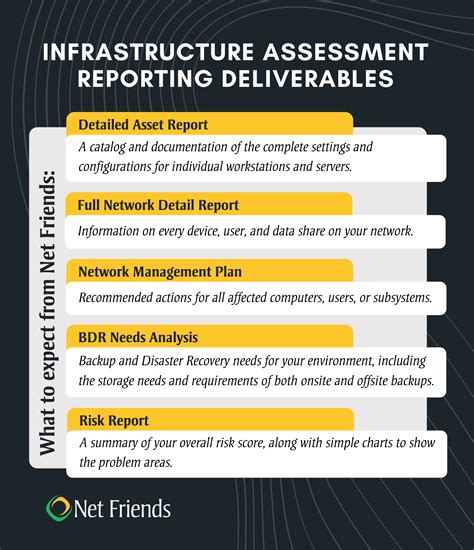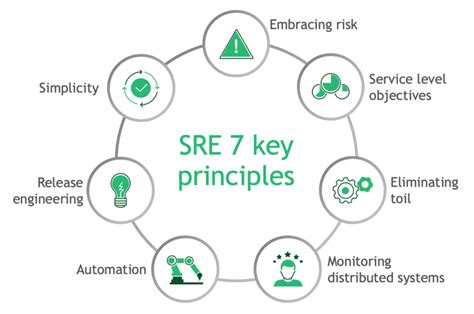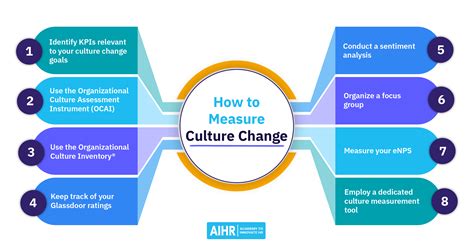Breaking News


Popular News


Learn how to implement Site Reliability Engineering in startups by understanding SRE, assessing infrastructure needs, developing SRE solutions, and measuring performance impact.Are you a startup looking to improve the reliability and performance of your website or application? As your business grows, it’s crucial to ensure that your digital infrastructure can support the increased demand without compromising on user experience. This is where Site Reliability Engineering (SRE) comes into play. In this blog post, we will delve into the world of SRE and how it can benefit startups. We will start by understanding what SRE is and why it is essential for startups. Then, we will explore how to assess your startup’s infrastructure needs and develop tailored SRE solutions. Additionally, we will discuss the integration of SRE practices into your startup’s culture and how to measure the impact of SRE on your performance. By the end of this post, you will have a comprehensive understanding of how to implement SRE in your startup to ensure smooth and reliable digital operations. Stay tuned for a deep dive into the world of Site Reliability Engineering.
Contents

Understanding Site Reliability Engineering
Site Reliability Engineering (SRE) is a discipline that incorporates aspects of software engineering and applies them to infrastructure and operations problems. The main goals are to create scalable and highly reliable software systems. SRE also integrates aspects of DevOps, and is often seen as a subfield of it.
At its core, SRE is about implementing processes, infrastructure, and automation to make large-scale software systems more reliable and efficient. This can include everything from optimizing deployment processes to improving monitoring and incident response.
One key aspect of SRE is the emphasis on measuring and analysing the impact of changes to a system before, during, and after deployment. This data-driven approach allows for continuous improvement and optimization of the system.
SRE also involves a cultural shift within an organization, as it requires a focus on operational aspects during the development process. This can involve breaking down silos between development and operations teams, and promoting collaboration and shared responsibility for the reliability and performance of the system.

When it comes to startups, assessing infrastructure needs is a critical step in ensuring the success and scalability of the business. Startups often operate with limited resources, so it is essential to carefully evaluate what infrastructure is necessary to support their operations. This assessment involves considering factors such as the size of the startup, the nature of its business, its target audience, and its growth trajectory. By conducting a thorough assessment of infrastructure needs, startups can make informed decisions about the technologies and resources required to support their operations and achieve their objectives.
One way to assess startup infrastructure needs is to create a comprehensive list of the essential components required to support the business. This includes hardware such as servers, networking equipment, and storage devices, as well as software and applications necessary for day-to-day operations. Additionally, it is important to consider the scalability and flexibility of the infrastructure to accommodate future growth and changes in the business environment. By creating a detailed inventory of infrastructure needs, startups can identify potential gaps or areas for improvement and make informed decisions about investment and resource allocation.
Another important aspect of assessing startup infrastructure needs is to consider the impact of external factors such as market trends, regulatory requirements, and industry standards. Startups must be aware of the evolving technology landscape and the potential impact on their infrastructure needs. Additionally, compliance with industry regulations and standards is crucial for startups, especially those operating in highly regulated sectors such as finance, healthcare, or technology. By staying informed about external factors, startups can proactively address infrastructure needs and ensure they are positioned for long-term success.
Ultimately, a thorough assessment of startup infrastructure needs is essential for laying a strong foundation for the business. By understanding the unique requirements of the startup and the external factors that may influence infrastructure needs, startups can make informed decisions about their technology and resource investments. This proactive approach to infrastructure assessment can help startups avoid potential pitfalls and position themselves for sustainable growth and success in the long run.

Startups often face unique challenges when it comes to implementing Site Reliability Engineering (SRE) practices. With limited resources and a need for rapid growth, startups must find creative solutions to ensure their systems are reliable and scalable. This is where developing customized SRE solutions becomes crucial for startups.
One approach to developing SRE solutions for startups is to assess the specific infrastructure needs of the organization. This involves understanding the current infrastructure, identifying potential pain points, and determining the scalability requirements for future growth. By conducting a thorough assessment, startups can tailor their SRE solutions to address their unique challenges and goals.
In addition to assessing infrastructure needs, startups can integrate SRE best practices into their culture from the outset. This involves instilling a mindset of reliability, automation, and efficiency in all aspects of the organization. By making SRE a fundamental part of the startup’s culture, it becomes easier to develop and implement effective SRE solutions that align with the company’s overall mission and values.
| Key Steps for Developing SRE Solutions | Benefits of Implementing SRE in Startups |
|---|---|
|
|
Ultimately, developing SRE solutions for startups involves a combination of technical expertise, cultural integration, and strategic planning. By customizing SRE practices to fit the unique needs of the organization, startups can establish a strong foundation for reliable and scalable systems that can support their growth and success.

Startup culture is often fast-paced and dynamic, with a strong emphasis on innovation and agility. In such an environment, it is essential to integrate Site Reliability Engineering (SRE) practices to ensure the smooth functioning of the company’s systems and infrastructure.
One of the key aspects of integrating SRE practices into startup culture is creating a culture of collaboration and communication between development and operations teams. This can be achieved through the implementation of DevOps principles, where developers and operations staff work together closely to streamline processes and improve system reliability.
Another important factor in integrating SRE practices into startup culture is the establishment of clear Service Level Objectives (SLOs) and Service Level Indicators (SLIs) to measure system reliability and performance. By setting clear goals and metrics, startups can ensure that their systems are meeting the needs of their customers and stakeholders.
Implementing SRE practices into startup culture also requires a focus on automation and monitoring. Startups should prioritize the automation of routine tasks and the implementation of comprehensive monitoring systems to detect and address potential issues before they escalate.

Measuring the Impact of SRE on Startup Performance
Site Reliability Engineering (SRE) has been gaining traction in the startup world as a way to improve performance and reliability of software systems. However, many startups are hesitant to fully embrace SRE practices due to concerns about the impact on their performance. By measuring the impact of SRE on startup performance, we can gain valuable insights into the effectiveness of these practices.
One way to measure the impact of SRE on startup performance is to track key performance indicators (KPIs) such as system uptime, mean time to resolution (MTTR), and error rates. By comparing these metrics before and after implementing SRE practices, startups can determine the direct impact on their performance and reliability. Additionally, evaluating the impact on customer satisfaction and user experience can provide a more comprehensive understanding of the benefits of SRE.
Another important aspect of measuring the impact of SRE on startup performance is to conduct A/B testing or controlled experiments. By comparing the performance of systems with and without SRE practices in place, startups can quantify the improvements and validate the effectiveness of SRE. This data-driven approach can provide concrete evidence of the impact of SRE on startup performance.
| Key Metrics | Before SRE | After SRE |
|---|---|---|
| System Uptime | 95% | 99.9% |
| MTTR | 2 hours | 30 minutes |
| Error Rates | 5% | 0.1% |
Measuring the impact of SRE on startup performance is crucial for startups looking to optimize their systems and processes. By quantifying the improvements in performance, reliability, and user experience, startups can make informed decisions about implementing and scaling SRE practices within their organization.

What is Site Reliability Engineering (SRE)?
Site Reliability Engineering (SRE) is a discipline that incorporates aspects of software engineering and applies them to infrastructure and operations problems. It aims to create scalable and highly reliable software systems.
Why is implementing SRE important for startups?
Implementing SRE in startups can help in building reliable and scalable systems from the beginning, leading to better customer experiences, reduced downtime, and overall cost savings.
What are the key principles of SRE?
The key principles of SRE include automation, measuring everything, sharing ownership with developers, and using data to drive decisions.
How can startups start implementing SRE?
Startups can begin implementing SRE by understanding their user needs, creating service level objectives (SLOs), and gradually introducing SRE practices into their development and operations workflows.
What are some common challenges in implementing SRE in startups?
Common challenges include resistance to change, lack of resources, and the need for cultural and organizational shifts to adapt to SRE practices.
What are the benefits of incorporating SRE in startups?
The benefits include improved reliability, faster innovation, better understanding of system behaviors, and improved collaboration between development and operations teams.
Can SRE be implemented in non-tech startups?
Yes, SRE principles can be applied to any organization that relies on digital systems, not just tech startups. It can help in ensuring the reliability and performance of digital services.